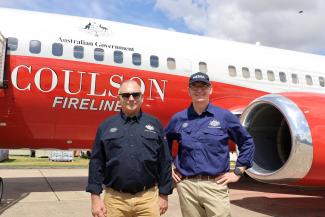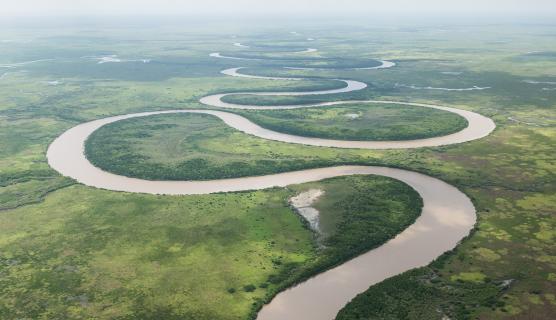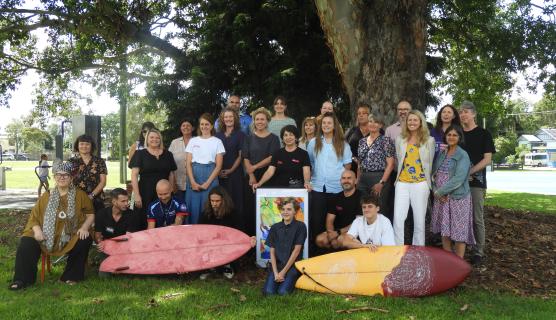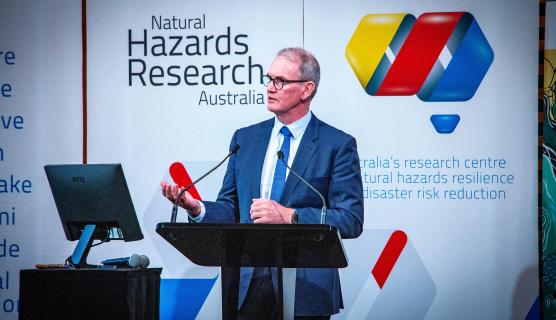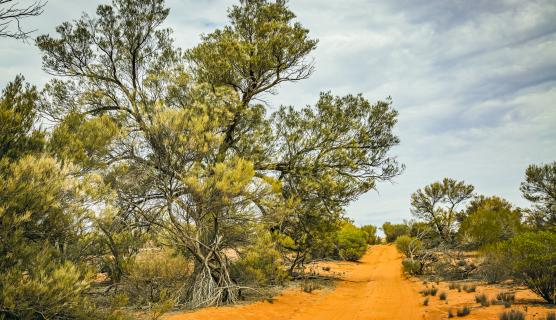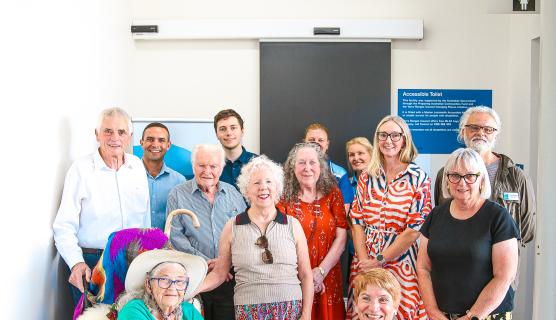A National Boeing 737 Large Air Tanker (LAT) now forms part of Australia’s permanent aerial firefighting fleet, leaving us equipped with the largest fleet of water-bombing aircraft in Australia to date.
Australia’s National Large Air Tanker ready for bushfire season
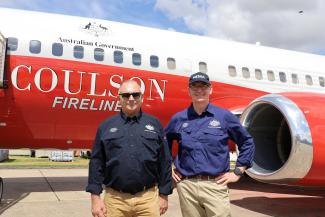
Australia’s National Large Air Tanker ready for bushfire season

Using Australia’s National Large Air Tanker to respond to bushfire
This aircraft is the National LAT funded by the Australian Government. This Boeing 737 Fireliner is now one of 6 LATs that are positioned around the country, ready to be deployed at any time to fight fires from above.
The National LAT can carry up to 15,000 litres of water or retardant and can be refilled in 10 minutes, meaning it can be up and on its way to a drop at short notice.
The National LAT is mainly used to drop retardant ahead of the fire. As the fire burns into the coated area, a chemical reaction occurs, retarding fire behaviour and in turn, helping the crews on the ground to regain control.
“Our job is to get retardant on the ground, which slows the fire down and allows the people on the ground to actually put the fire out,” said John Gallaher, a LAT Pilot.
Improving national aerial firefighting capabilities
Australia is continuing to expand on its aerial firefighting capabilities with the continuing expansion of its fleet, managed by the National Aerial Firefighting Centre (NAFC).
The NAFC is funded jointly from the Australian and state and territory governments. The Australian Government provides $31 million dollars a year to the NAFC to coordinate and procure the fleet of over 500 aircraft.
The fleet consists of a wide range of fixed-wing and rotary-wing aircraft, which are selected for tasks based on their suitability and cost effectiveness.
A considerable effort goes into the planning and distribution of firefighting aircraft across the country, ensuring a well spread fleet that is ready to be called on at any time.
“Today is really important in terms of how the NEMA works so well with the states to ensure we have the adequate capabilities in order to deal with any crisis,” said Brendan Moon, Coordinator-General, NEMA.
Responding to the Royal Commission recommendations
The Royal Commission into National Natural Disaster Arrangements (Royal Commission) was established in February 2020 in response to the Black Summer Bushfires. One of the recommendations from the Royal Commission was centred around increasing Australia’s aerial firefighting capability.
The recommendations focussed on the establishment, research and development of the country’s aerial firefighting capabilities. The addition of the LAT to the fleet continues to build on the implementation of this recommendation.
As part of this, the NAFC has been awarded an Australian Government grant to investigate the effectiveness of aerial firefighting. The NAFC are working with Natural Hazards Research Australia and states and territories to investigate various types of aircraft and their effectiveness in different situations. Jurisdictions will use the information gathered to update the National Aerial Firefighting Strategy.
This work demonstrates the Australian Government’s continued commitment to delivery on the recommendations that came out of the Royal Commission.
